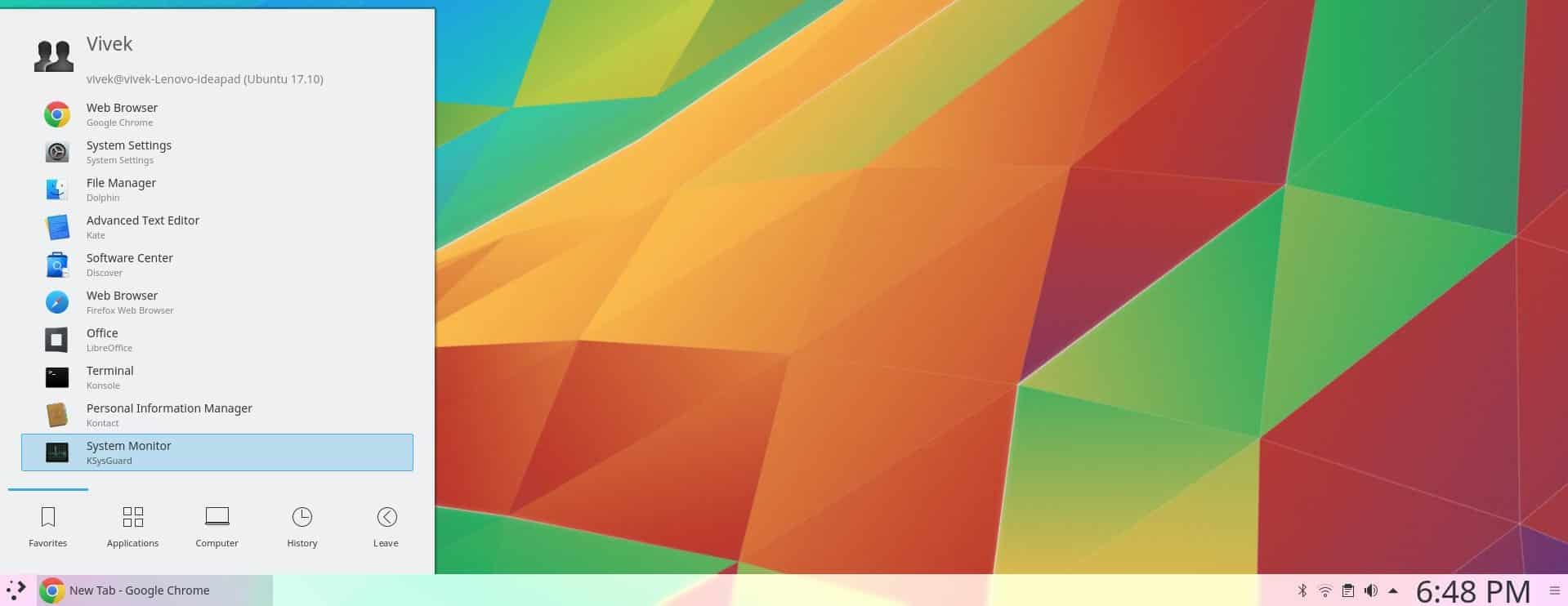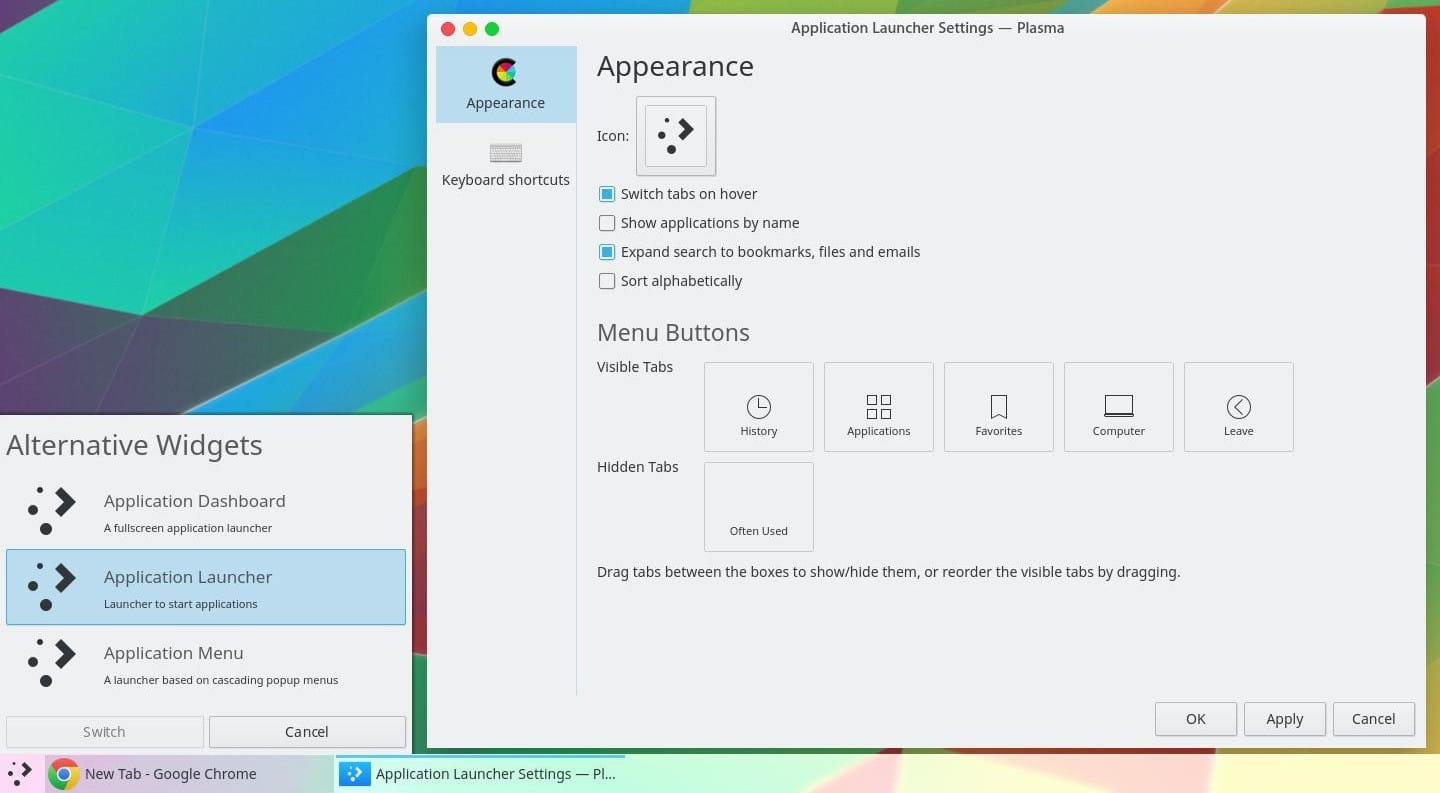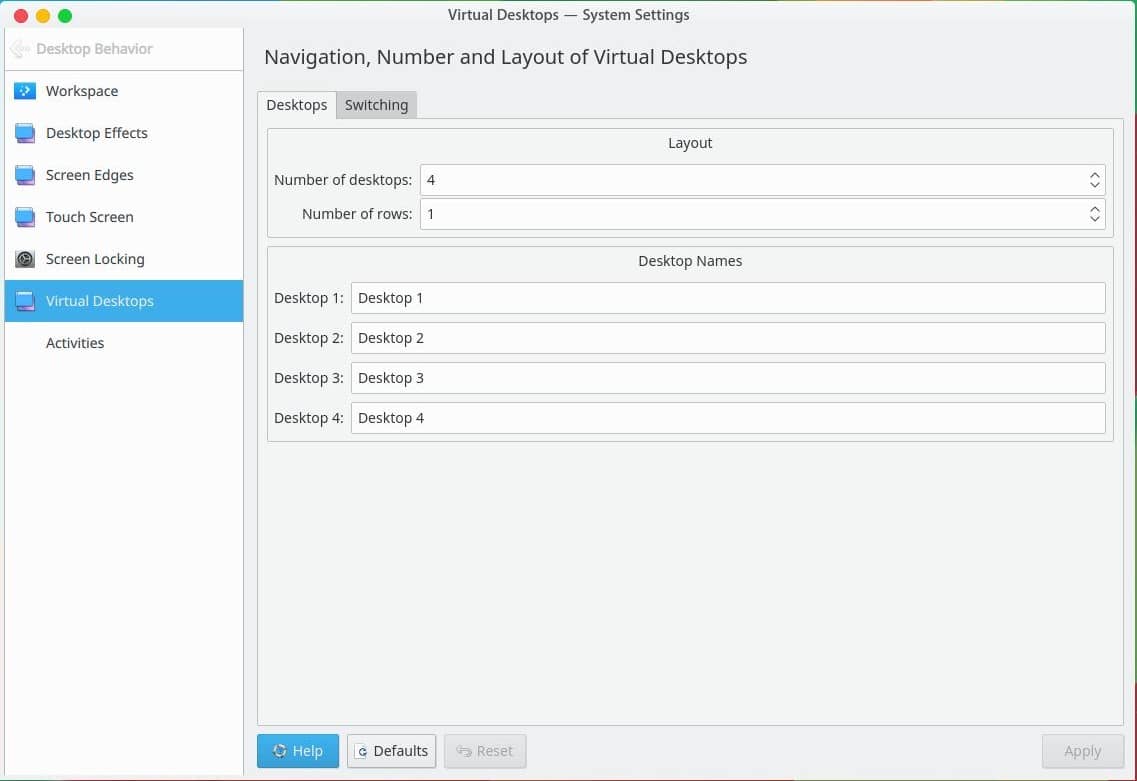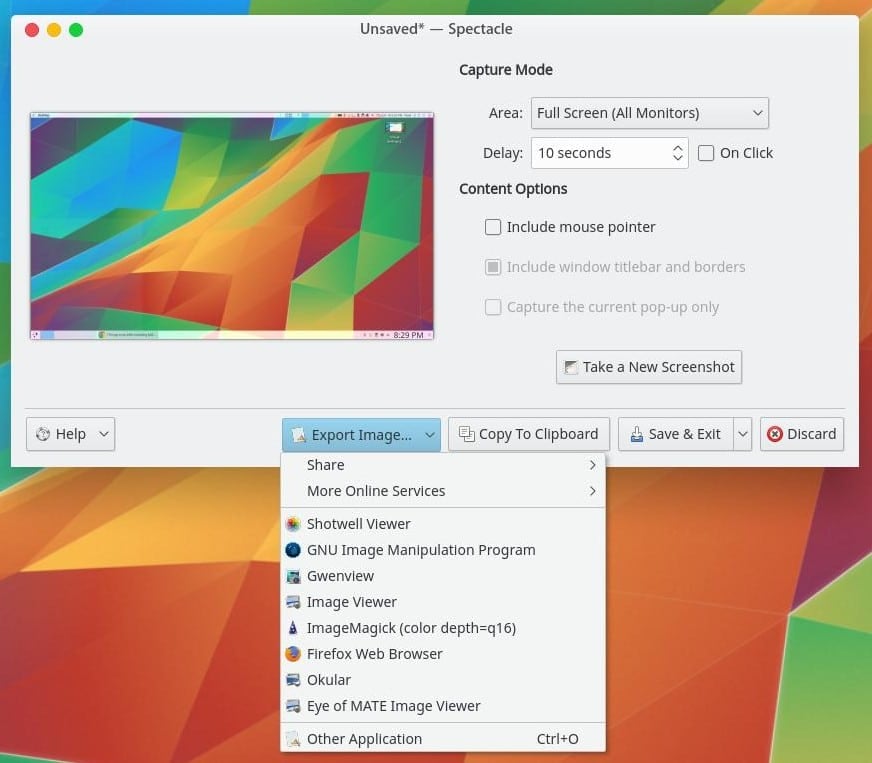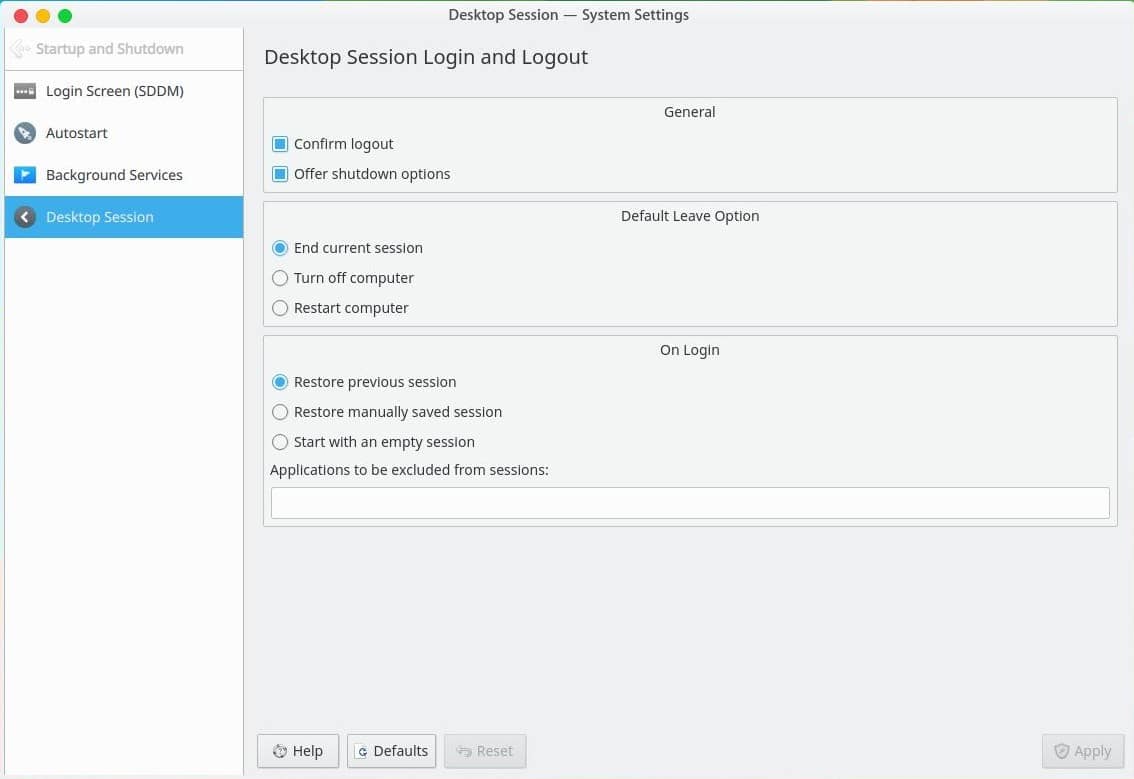KDE Plasma is easily one of the better desktop environments for Linux-based systems. Of course, you most probably know that if you’re here. It is the default desktop environment that ships with Kubuntu, which is one of the official Ubuntu flavors. If you already have Ubuntu, though, with GNOME, Unity, MATE, or anything else, you need not install the entire OS again.
Getting started with KDE Plasma is easy. It looks familiar and traditional, and things do happen the way you’d want them to, at first. For all its features and flexibility, KDE Plasma still kind of sucks at a few basic things such as changing the wallpaper. As a user, these minor annoyances might make you want to give up and switch back to something “better,” but don’t do that just yet. KDE Plasma has a lot to offer, even things you’ve never seen before.
Launching apps and thus doing your work is not that difficult. So we’re not going to focus here on how to do those things, but rather on how you can adapt KDE Plasma to work with you, and also include some of the amazing KDE tools into your work style.
Change the default Application Launcher and other widgets
By default, you get a Windows taskbar-like bottom panel with KDE Plasma. On the left of the panel is the Application launcher button, where you usually find the Start button on a Windows machine. It looks quite modern, and the apps are categorized into pre-defined categories. Easy, but do you love the way it is? Since you’re not assigning categories to apps, it usually takes time to get used to what’s where. Good thing it has a search feature.
If you right-click the Application launcher and select Application Launcher Settings…, you can change a few things about it. Select Alternatives… from the right-click menu instead, and you can change quite a lot about it. You can swap it for a more traditional Application Menu or a fancier Application Dashboard, which is better suited for touchscreen devices. The KDE Application Launcher is one of the many widgets KDE has built in (yes, you can download even more). Right-clicking any widget lets you select Alternatives, and KDE has no lack of those.
Get familiar with Krunner
If you’re going to use KDE, Krunner will be your best mate. You can trigger it by pressing Alt+F2 on your keyboard, but a more convenient shortcut is Alt+Space. If you are on your desktop, you can start typing on your keyboard, and Krunner will automatically pick it up. Think of it as the spotlight on Mac systems, more powerful. Of course, you can type the name of an application, file, or folder to search for it. You can also type kill and the name of the application to close it.
What’s 65 times 5? Type 65×5= and you’ll have your answer without opening a calculator. How much is $48.6 in Euros? Just type it, and Krunner will convert it into different popular currencies. This also converts distances, temperatures, time, etc., from one unit to another. Just remember to type the metric value followed by the unit.
It even lets you open websites, bookmarks, search your Kmail, play music, videos, etc. The only complaint you could have is that it does not autocomplete, meaning you have to type out the entire command. For example, to play a music file, you’ll have to type out the full path before the name of the MP3 file, along with the extension. So playing media files is perhaps not a realistic use case, but everything else is. There are many more things to talk about, but that’s going to take a while, perhaps sometime else in a dedicated article for Krunner.
Enable virtual desktops
Virtual Desktops are something many Windows users have recently been exposed to, but Linux has had them for several years. And if you’re used to working with multiple virtual desktops, you might want to pull out your hair trying to figure out how to use them on KDE Plasma. Perhaps for better performance, the Plasma desktop, by default, has only one virtual desktop, and you can’t simply add more.
You’ll have to first enable Virtual desktops. You can use Krunner, now that you know about it, to search for Virtual desktops or go to System Settings > Desktop Behaviour > Virtual Desktops. Here you can increase the Number of desktops, and under the Switching tab, you can view or change the shortcuts to switch between desktops. You can even add the Pager or Activity Pager widget to your desktop or any of your panels to easily switch between different virtual desktops.
Spectacle
I, as you can guess, take a lot of screenshots. Many people take screenshots, in fact, probably not as often. Spectacle is the default screen capture tool in the KDE Plasma desktop. You can save your screenshot in any image format by clicking the downward arrow on the Save & Exit button. It lets you open the image directly into any app or copy it to the clipboard without saving it.
If you want to take a screenshot of a menu or something that disappears anytime you press a button or click somewhere, you can set a time in seconds and click Take a new screenshot. Open the menu and wait. Clever right?
You can trigger Spectacle the old-fashioned way by pressing the PrtSc button on your keyboard. Alternatively, right-click it in the Application menu/launcher and select Pin to task manager or Add to panel. While we’re at it, you might want to pin apps to the task manager rather than add them to the panel as widgets because it’s easier to unpin them.
Desktop Sessions
Without going into a lot of detail, because the article is already getting a little too long, it is one of the most wonderful features of the KDE Plasma desktop. When I said Plasma has “things you haven’t seen before,” I was talking about this. Say you have a lot of tabs open in Chrome as you research something, while you’re also writing a document, doing something else, and using 3 to 4 virtual desktops. But for some reason, if you’ve got to log out and leave, you’d be devastated.
You may already have noticed this. KDE Plasma saves your entire login session when you shut down your PC. When you boot into your system again, it restores your previous session. You can change this behavior in System Settings > Startup and Shutdown > Desktop Session.
There is a lot more to explore around in Plasma, but these little things, I hope, will help you get familiar with it and enhance your work experience.
